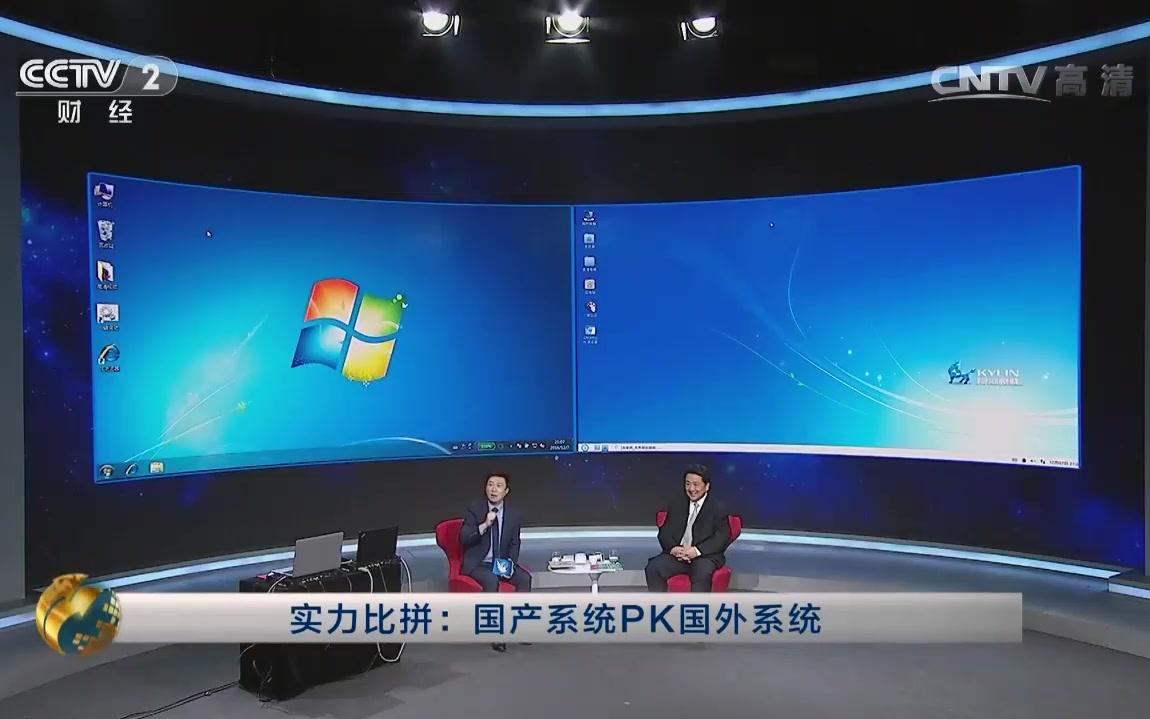

Windows 95 and Windows 98 can be started from DOS Mode by typing 'WIN' at the command prompt. Similarly, corrupted registry files, system files or boot files can be restored from the command line. For example, if a virus is active in GUI mode it can often be safely removed in DOS mode, by deleting its files, which are usually locked while infected in Windows. Having a command line mode outside of the GUI also offers the ability to fix certain system errors without entering the GUI. Some very old applications or hardware require "DOS Mode". This differs from the emulation used in Windows NT-based operating systems. Windows 95 and Windows 98 also offer regressive support for DOS applications in the form of being able to boot into a native "DOS Mode" (MS-DOS can be booted without booting Windows, not putting the CPU in protected mode).

Through Windows 9x's memory managers and other post-DOS improvements, the overall system performance and functionality is improved. The graphical user interface (GUI) runs on a DOS-based layer. It typically has lower system requirements than contemporary Windows NT versions. Windows 9x is a hybrid 16/32-bit operating system. Windows 9x is a HYBRID of 16-bit and 32-bit kernel. And if it was, then it's a hybrid of what?įirst: CALM DOWN, you just got back from a 7 day ban, then start ?!?!?!?! again? Turn on the PC you'll see DOS, then it'll load Windows. NT proves it because win32 was ported from win95 initially.Ĭorpse wrote:What?! 9X-Based isn't DOS-Based, as said above: Windows gets started up by DOS. Such a affirmation is really stupid.Īs for 64-bit transitioning, well, nothing stops you from running the DOS subsystem within a 32-bit subsystem, as for win32, there's no doubt that it can be made 64-bit compatible. That's completely isolated from the system.Īlso, DOS is used again as a legacy compatibility layer for old DOS drivers and there's no reason today to use 16-bit drivers unless your hardware isn't supported.Īgain, this compatibility layer can be reduced to nothingness because its just a auxiliary it plays no vital role in the functioning of a 9x system.Ĭhop down the DOS VM and the DOS driver compatibility layer and you've got yourself a 100% pure, DOS-free system and I can't say that a VM and legacy drivers support make the basis of a system. Here, check this diagram from wikipedia :Īs you can see, we have a DOS VM that runs DOS which in turn runs DOS programs.

Also, DOS calls are rerouted through the system and then reach the BIOS. Well, like I said, DOS is run inside VMs in 9x, because that's protected mode.


 0 kommentar(er)
0 kommentar(er)
